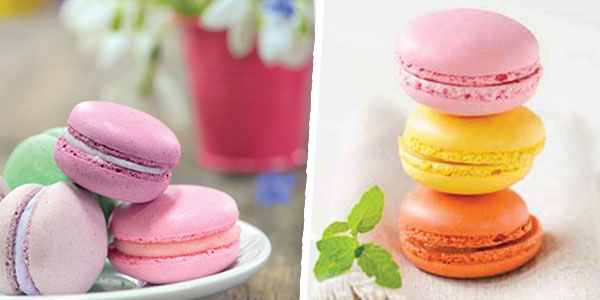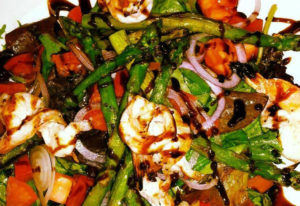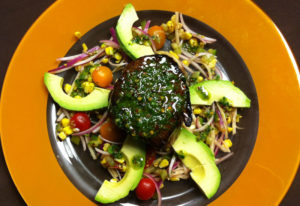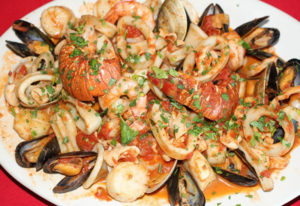 |
 Arianna Johnson has A Bachelors Degree in English/Creative Writing from Dowling College. She is very passionate about writing and cooking and her goal is to become a food writer and cookbook author. Arianna can be reached at arianna.ruth.johnson@gmail.com |
| Every year for Easter I try to make a new, fun dessert. A few years ago I made chocolate truffles, which was very messy, but they came out great. Then another year I made cheesecake bars; the list goes on, my point is that I try not to make the traditional carrot cake shaped like an egg with pastel frosting. This year I am going to make French macarons. These are not “macaroons,” the sweet balls of coconut, these are “macarons,” the light meringue cookies filled with buttercream or other fillings. If you have ever tried to make these, you know they are very finicky; there are many factors that could cause an attempt at making macarons to fail. For instance, it could be too humid outside, the mixing bowl might not be totally clean, or the eggs might be too old; needless to say, there are a lot of reasons to not make macarons, but there are also plenty of reasons to make them, which are extremely gratifying. One of the great aspects of baking macarons is that they are a blank canvas and you can flavor them however you’d like. The basic ingredients are almond flour, or another nut flour, egg whites, powdered sugar and cream of tartar. Then you can add flavored extracts and food coloring, as desired. You can find all kinds of recipes online for macarons, but some of my favorites are pistachio with vanilla buttercream, lavender with lemon buttercream, and chocolate with marshmallow filling. The reason I don’t find these little cookies so daunting is because I used to work in a place where people learned how to make them and they had some pretty awesome pastry chefs. These pastry chefs had numerous of tips and tricks to ensure that everyone’s macarons came out as close to perfect as possible. A few of those tricks were: make sure your egg whites are cold; get a scale to measure and don’t try to convert ounces into tablespoons or cups; let the macarons form a skin before putting them in the oven, which also ensures those little bubbles, or “feet,” will form on the bottom; there are more, but these are some important ones. I personally have learned some lessons while experimenting with macarons. One of them being to invest in a Silpat, which is a silicon liner that literally nothing sticks to! Another is to pipe the macaron batter down-wards; do not pipe it in a swirling motion, otherwise you will end up with flat and swirly cookies. The one real downside to macarons, beside them not coming out right, is that they cannot be fully made ahead of time. If you are planning on making these to bring to an occasion, either make the cookies, store them in a dry place and fill them the day of, or just fully make them the day of the occasion. All of that aside, macarons are delicious, unique and can also be made in pastel colors! |
|












 20 lucky winners will win $500 each in prizes totaling $10,000.
20 lucky winners will win $500 each in prizes totaling $10,000. 